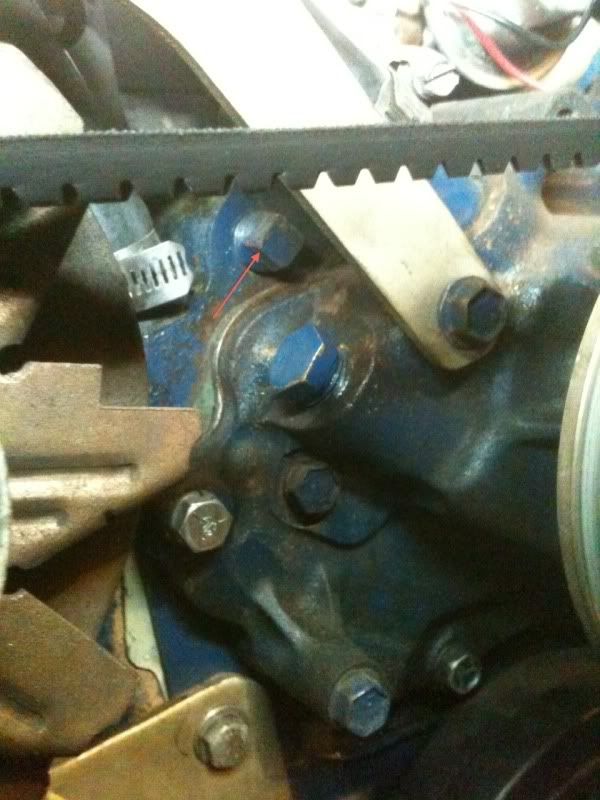I found the following link helpful: Banzai Runner Pantera Thermostat Replacement
As I've gone to remove the plug I find that it is quite determined to keep it's place. I have no reason to believe the plug has been manipulated since the motor was built in 1973. I've applied penetrating oil and am letting it sit overnight. Perhaps I just need to be patient with an old, stuck bolt but I want to be sure I'm on the right track.
Below is a photo of my block. Note the plug has a square head on it. Access is difficult but I'm just able to fit a box-end wrench over top and get a good position of leverage. So far it ain't budging. Am I on the right track and just need to persist?


